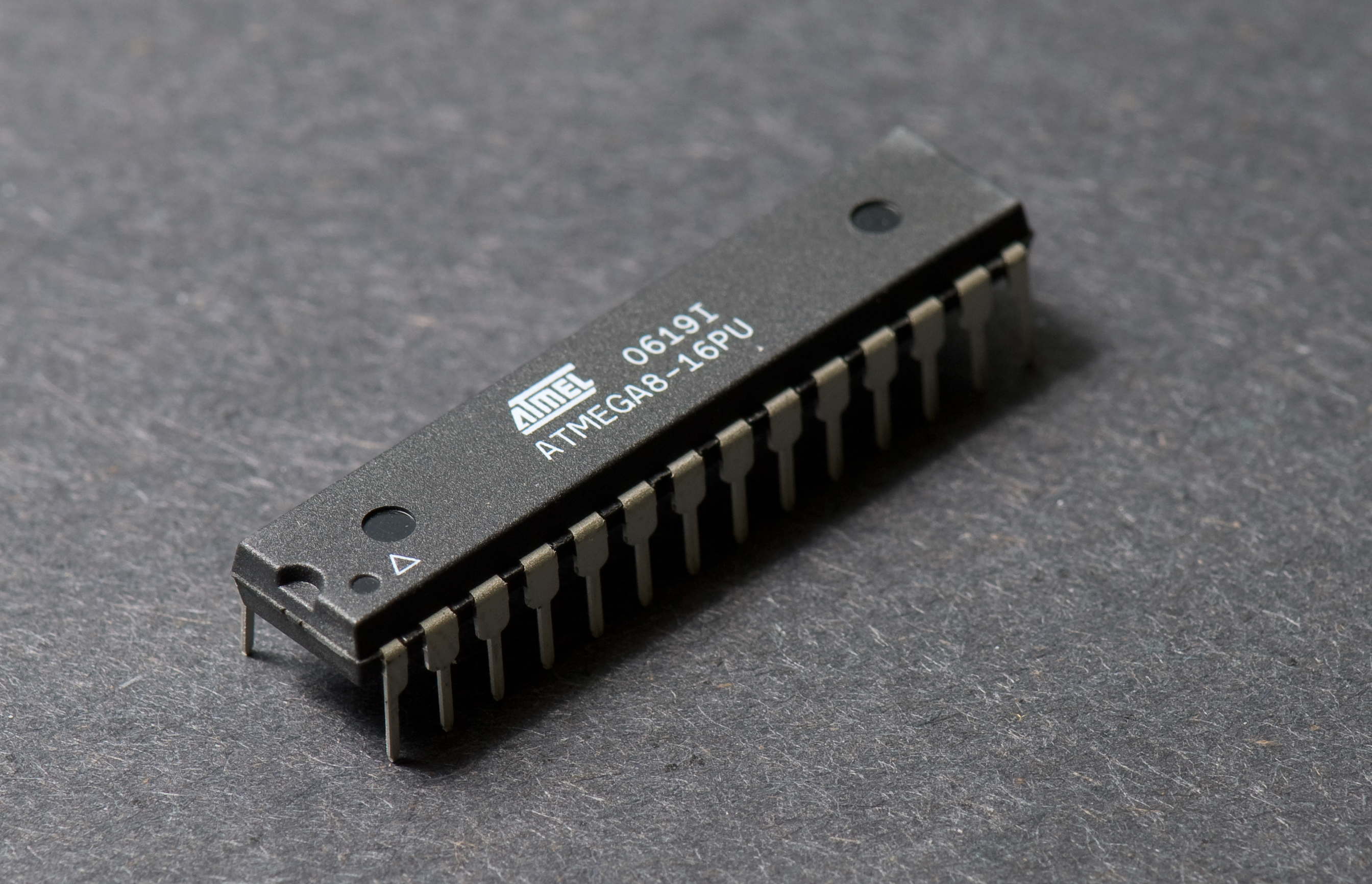IoT Security Anti-Patterns

From security cameras to traffic lights, an increasing amount of appliances we interact with on a daily basis are internet connected. A device can be considered IoT-enabled when the functionality offered by its Embedded System is exposed through an internet connected API.
Internet-of-Things technologies inherit many attack vectors that appear in other internet connected devices, however low-powered hardware-centric nature of embedded systems presents them with unique security threats. Engineers building Internet-of-Things devices must take additional precautions to ensure they do not implement security anti-patterns when addressing new problems, this blog post will investigate four such anti-patterns that have been used by real Internet-of-Things devices.
 Atmel ATMEGA8 Microcontroller Wikimedia Commons - CC BY-SA 3.0
Atmel ATMEGA8 Microcontroller Wikimedia Commons - CC BY-SA 3.0
HTTP Pub/Sub
Every time your IoT-enabled alarm clock sounds, you may want it to tell your coffee machine to brew some coffee. In order to do this, your coffee machine may subscribe to messages published by your alarm clock. One such way of doing this is to implement the Publish/Subscribe Pattern within the API of the IoT devices, for this example let's assume our alarm clock and coffee machine communicate through HTTP.
In order to subscribe to messages from the alarm clock, the coffee machine sends Continue reading
Using the Collaborative Security Approach to Address Internet of Things Security Challenges
Two years ago, our “Collaborative Security Approach” proposed a way of tackling Internet security issues based on the fundamental properties of the Internet and the voluntary cooperation and collaboration that’s been prominent throughout the Internet's history. In this post, let us look at each of the five key Collaborative Security characteristics as they apply to security of the Internet of Things (IoT).
Network Automation with Python: Getting Started
Learn about basic network automation concepts using Python in this tutorial.
What is VxRail?
One of my readers was considering Dell/EMC hyperconverged solutions and sent me this question:
Just wondering if you have a chance to check out VxRail.
I read the data sheet and spec sheet, but have never seen anyone using it (any real-life experience highly welcome – please write a comment).
Read more ...Learning Python: Week2 (Printing, Numbers, and Lists) -Part 2
As discussed in last post ( https://crazyrouters.wordpress.com/2017/02/25/learning-python-kirk-byers-python-course/ ) , i will be sharing the my learning on weekly basis as course continues. This will not only motivate me but also help others who are in phase of learning python 3. Now its time to go for the exercise , already shared the notes related to […]Cisco Boosts Its SD-WAN With Viptela Deal
Cisco says it will integrate SD-WAN startup's technology with IWAN and Meraki.
Netdev 2.1 conference report
I attended the Netdev 2.1 Conference in Montreal from April 6 to 8. Netdev is a community-driven conference mainly for Linux networking developers and developers whose applications rely on code in the Linux kernel networking subsystem. It focuses very tightly on Linux kernel networking and on how packets are handled through the Linux kernel as they pass between network interfaces and applications running in user space.
In this post, I write about the three-day conference and I offer some commentary on the talks and workshops I attended. I grouped my comments in categories based on my interpretation of each talk’s primary topic. The actual order in which these topics were presented is available in the Netdev 2.1 schedule. The slides from the talks, workshops, and keynotes are posted under each session on the Netdev web site. Videos of the talks are available on the netdevconf Youtube channel.
Keynotes
Each day at the Netdev conference featured a keynote by a prominent member of the Linux networking community. Two of the keynotes covered higher-level views of Linux in the network in the enterprise, cloud, and the Internet of things. The other keynote covered details of the new eXpress Data Path Continue reading
Cisco Buys SD-WAN Vendor Viptela for $610M
 Viptela's SD-WAN boosts Cisco's IWAN technology.
Viptela's SD-WAN boosts Cisco's IWAN technology.